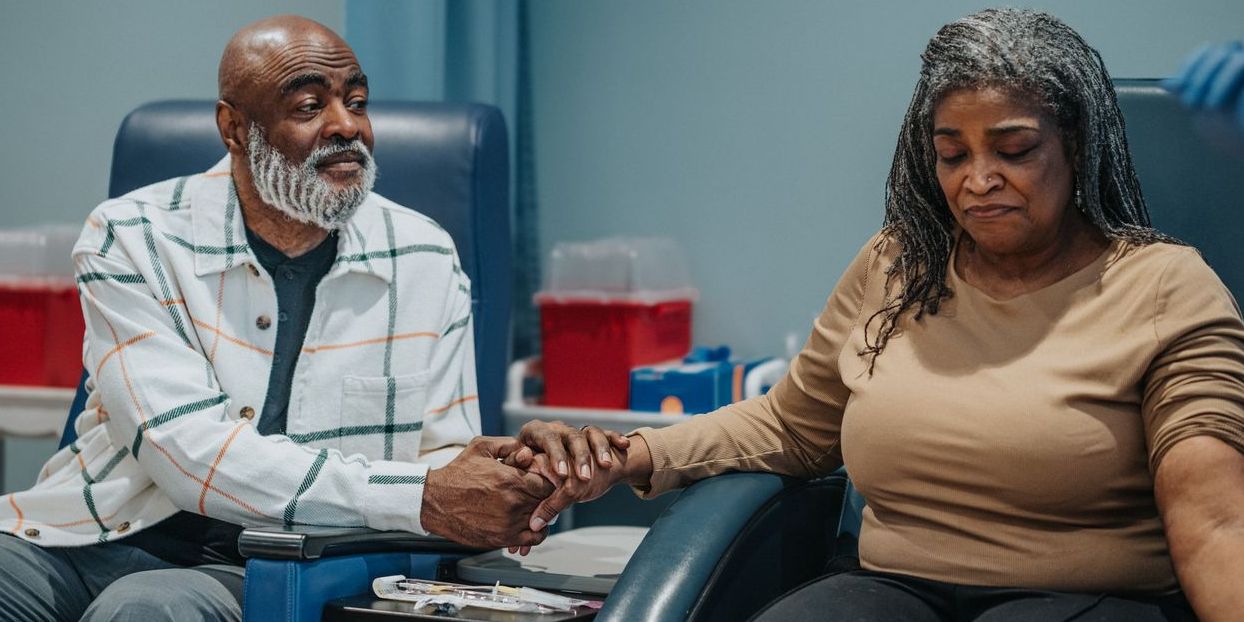Photo Credit: Verbaska Studio
Teledermatology allowed for effective triage and follow-up care for patients with non-melanocytic epithelial tumors and precancerous lesions.
Remote dermatology visits help clinicians effectively screen and treat more patients with nonmelanoma skin cancer than is possible in face-to-face (FTF) visits, according to a systematic analysis by researchers in Europe.
“Teledermatology [TD] has comparable diagnostic accuracy with face-to-face dermatology and can be utilized both for the effective triage of non-melanocytic epithelial tumors and precancerous lesions, as well as the follow-up,” lead author Georgios Nikolakis, Dr. med., and colleagues wrote in Cancers. “Easy access to dermatologic consultation with shorter mean times to diagnostic biopsy and/or treatment coupled with cost-effectiveness could compensate for the lower sensitivity of teledermatology and offer easier access to medical care.”
TD Use & Skin Cancer Cases Both Increasing
Remote visits for diagnosis and follow-up skin cancer care have increased due to the COVID-19 pandemic. Demographic changes have also caused increased incidence of nonmelanoma skin cancer and precancerous lesions.
In October 2023, researchers searched the CENTRAL and MEDLINE electronic databases and selected 33 studies and letters to the editor, published after 2000, that compared TD with conventional FTF dermatologic consultation for non-melanoma skin cancer.
Among their findings:
- TD for nonmelanoma skin cancer was a cost-effective, timely triage system in primary care.
- Diagnostic concordance of TD versus FTS visits varied.
- Introducing teledermoscopy improved TD nonmelanoma skin cancer diagnosis.
- TD and occupational dermatology helped with screening and follow-up.
- Image quality and digital health innovations improved TD nonmelanoma skin cancer diagnosis.
Physician’s Weekly (PW) spoke with medical oncologist Bently P. Doonan, MD, MS, who was not involved in the review, about TD’s increasing role in skin cancer detection.
PW: What is the importance of this review?
Dr. Doonan: Over the next 20 years, physicians will see an increasing number of skin cancers. While multiple factors contribute to this increase, the primary driver is the aging population. Now, 60,000 people per day enter their highest skin cancer risk years. The rates of all skin cancers that occur with age will increase faster than our ability to detect them.
Nationally, we have a logistical pipeline problem in getting a patient from a suspicious skin lesion to a definitive diagnosis. The aging population and the inequitable geographic distribution of medical experts lead to services not being distributed equally and promptly to all who need them.
TD’s greatest benefit is the ability to provide expertise to people in underserved areas. Triaging benign, unlikely-to-be-problematic lesions without in-person visits can bring care to people who otherwise may not receive it. TD can also ease stress on the system.
How can TD mitigate deficits in access to care?
Solutions need to be technologically driven and involve advanced machine learning or algorithmic derivations. Technology can be used for imaging capture for diagnosis or for better ways of selecting, monitoring, and tracking patients with higher-risk features based on existing information that doesn’t require a human touch point.
AI in skin cancer detection is not perfect, but we don’t need a perfect solution right now. We need contributions to the solution. The near-future goal is not to replace dermatologists and other experts. We need a strategy to help offload some of this pipeline of delay to mitigate the increasing problem.
We can’t wait for the perfect technology. Even if TD’s ability to detect some lesions is not perfect, we need to employ it now.
What additional comments would you like to share?
The studies in this systematic analysis are small, and it is difficult to cross-compare the strategies and intervals they used. But the bigger problem with all these studies is the postulate that if the technology or the human said they did not think a given lesion was cancer, that doesn’t mean it wasn’t cancer—that only means the lesion wasn’t biopsied. This increases the risk for a higher rate of false negatives. Everything needs to be taken with a grain of salt.
Despite these limitations, the review is impactful. The results should affect how practices with underserved patients work through an increasing logjam. They can either add providers or use all the strategies and technologies available to provide patients with quality, equitable, and timely care.
This strategy does not apply to pigmented skin cancers, where we do not have the same leeway in terms of misdiagnosis and time to diagnosis. If a clinician has any suspicion of melanoma, Merkel cell carcinoma, or other aggressive skin cancers that can metastasize, they need to expedite care by a human provider through a standard-of-care pipeline.



















Create Post
Twitter/X Preview
Logout